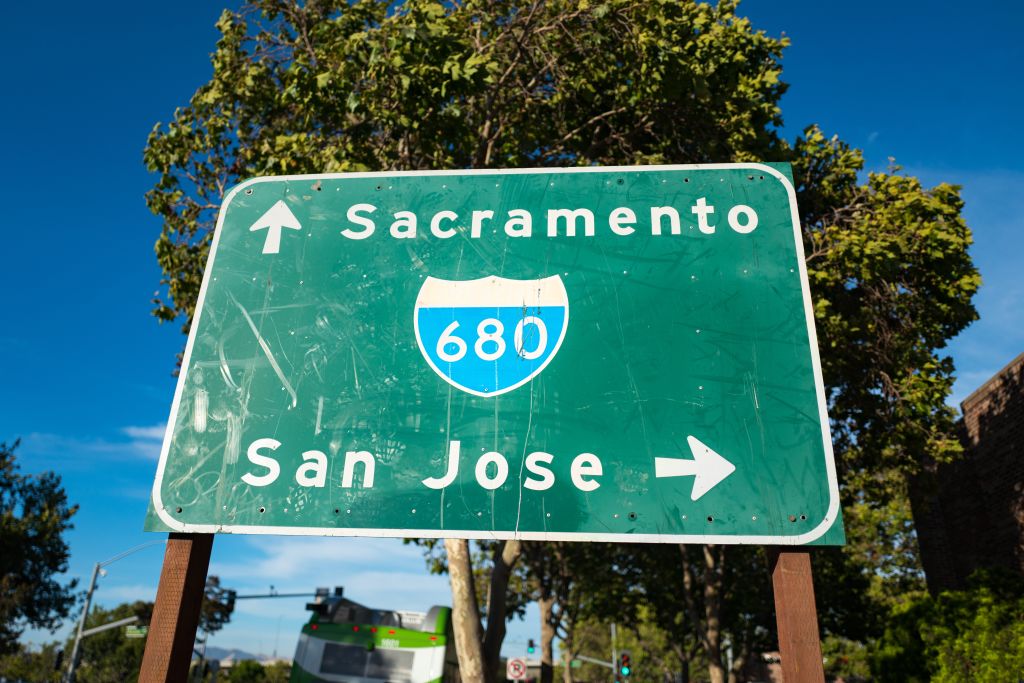The California Public Utilities Commission on Thursday voted unanimously to put PG&E on probation over wildfire safety concerns, the first step towards a possible revocation of the utility’s license to operate.
By next month, the utility now must outline a plan showing how it intends to prioritize the cutting of trees near powerlines that it ranked as posing the greatest risk of falling on energized lines and sparking wildfires.
Regulators accuse the utility of failing to do that earlier, citing data showing that just a fraction of the top 20 highest risk power line circuits in fire prone areas had been cleared from lines.
The head of the commission stressed the company’s entire safety track record will be scrutinized.
Get a weekly recap of the latest San Francisco Bay Area housing news. Sign up for NBC Bay Area’s Housing Deconstructed newsletter.
“We will continue to monitor very closely,” CPUC President Marybel Batjer said before the vote.
But safety advocates, like Nathaniel Skinner with CPUC’s Public Advocates Office, were not satisfied. Skinner says the commission must do more in light of PG&E’s failure to cut down a leaning tree identified as the cause of the deadly Zogg Fire last year.
“We are seeing the same old PG&E management of deflect, defer, ignore and obfuscate,” Skinner said. “They are playing a game of dodging accountability, when what they should be doing is accepting their failure, coming clean about it and being accountable.”
Local
While PG&E did not address the commission before the vote, it said in a statement that it is taking regulators’ direction seriously and has already taken steps to assure regulators it is on the right path.
“We take this feedback from the Wildfire Safety Division and others seriously, and as a result we have already implemented significant improvements to our Enhanced Vegetation Management program and will continue to do so as outlined in our 2021 Wildfire Mitigation Plan,” the statement said.
“It is in all of our best interests to work together to improve our safety performance for the benefit of our customers and the communities we are privileged to serve.”
Before the vote, commissioners took pains to emphasize that while it might not satisfy critics, the action was a significant move, the first in a six step regulatory ladder spelled out under the law.
After doing audits and appointing a safety monitor, the process is triggered to move against PG&E’s license.
“It’s a big deal,” said CPUC member Genevieve Shiroma. “PG&E should really be taking note. These six steps could lead to revocation.”
The utility must submit a plan by May 5 and update it every three months after that.
Meanwhile, ratepayer advocates were left fuming when the commission staff blocked the commission from considering their appeal of PG&E’s wildfire safety certificate, which is good for 12 months and entitles the company to access a multi-billion dollar wildfire fund partly financed by surcharges on ratepayers.
The certificate, issued in January, declares the utility is in “good standing” to permit it to draw from the fund.
Mark Toney, head of the ratepayer advocacy group TURN, said the company had not earned that right, because of multiple safety lapses.
He said preventing the action violates due-process provisions because preventing a final decision, in effect, “denies ratepayers their constitutional rights to go to court, to seek review of an administrative decision.”
But commission staff countered that the law creating the fund lacks a mechanism for appeal and so the commission has no standing to block such a certificate.



